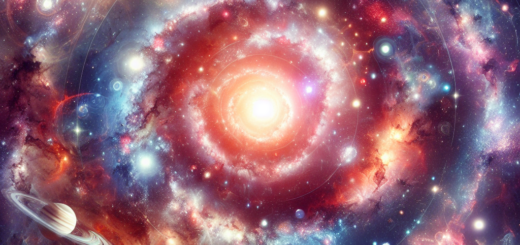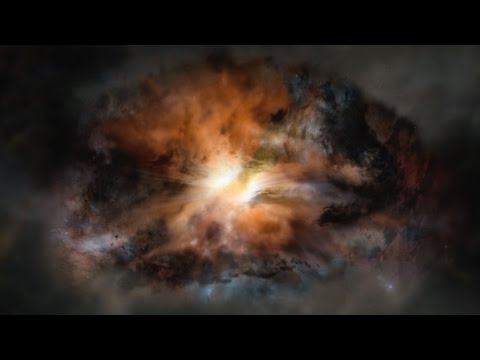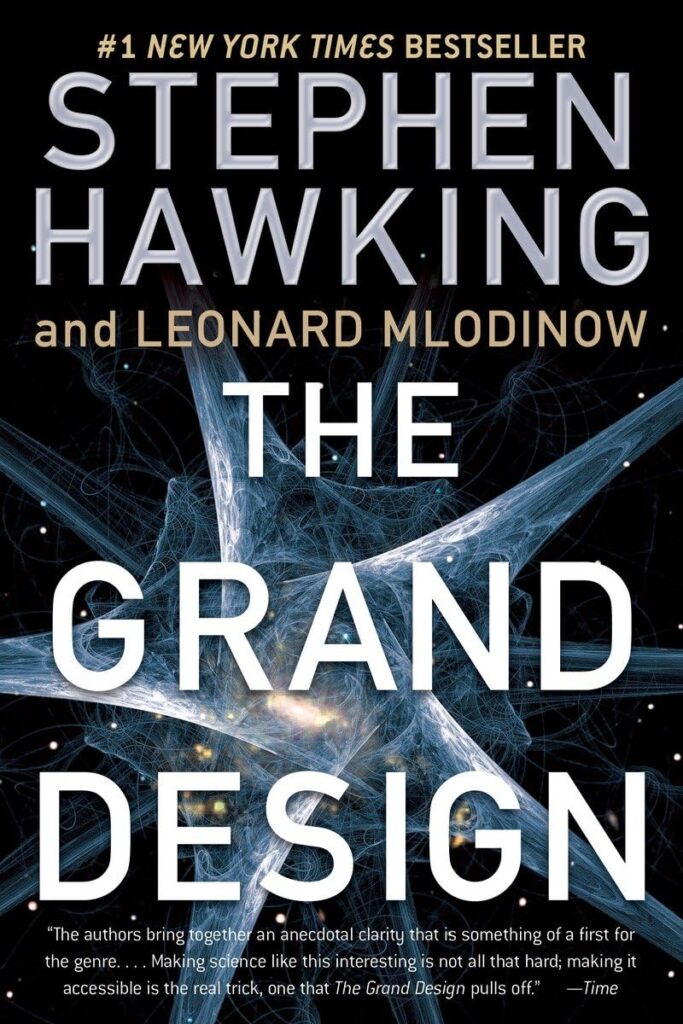Beyond the Big Bang: Exploring the Forces Behind Cosmic Expansion
The Big Bang theory is one of the most widely accepted explanations for the origin and evolution of the universe. According to this theory, the universe began as a singularity, a point of infinite density and temperature, around 13.8 billion years ago. Since then, the universe has been expanding, with galaxies moving away from each other at ever-increasing speeds.
But what lies beyond the Big Bang? What forces are driving this cosmic expansion? Scientists have been studying these questions for decades, and their research has led to some fascinating discoveries.
One of the key players in cosmic expansion is dark energy. Dark energy is a mysterious force that is thought to make up around 68% of the total energy density of the universe. Unlike normal matter, which attracts other matter through gravity, dark energy appears to be causing the universe to expand at an accelerating rate. This discovery, made in the late 1990s, was a groundbreaking moment in cosmology and has led to the development of the “Lambda-Cold Dark Matter” (ΛCDM) model, which describes the composition and evolution of the universe.
Another important force behind cosmic expansion is dark matter. Dark matter is a form of matter that does not emit, absorb, or reflect light, making it invisible and extremely difficult to detect. Despite this, scientists believe that dark matter makes up around 27% of the total energy density of the universe and plays a crucial role in the formation of galaxy clusters and the gravitational pull that holds galaxies together.
In addition to dark energy and dark matter, there are other forces at play in the universe. For example, the force of gravity, as described by Albert Einstein’s theory of general relativity, governs the motion of celestial bodies and the structure of the universe on large scales. Electromagnetic forces, which include light and other forms of radiation, also play a role in shaping the cosmos.
As scientists continue to study the forces behind cosmic expansion, new discoveries are being made that challenge our understanding of the universe. For example, recent observations of the cosmic microwave background radiation, the remnant glow from the Big Bang, have provided valuable insights into the early universe and the processes that shaped its evolution.
In conclusion, beyond the Big Bang lies a complex and dynamic universe driven by a diverse set of forces. Dark energy, dark matter, gravity, and electromagnetic forces all play a role in shaping the cosmos and driving its expansion. By studying these forces and their interactions, scientists hope to unlock the mysteries of the universe and gain a deeper understanding of its origins and evolution.













